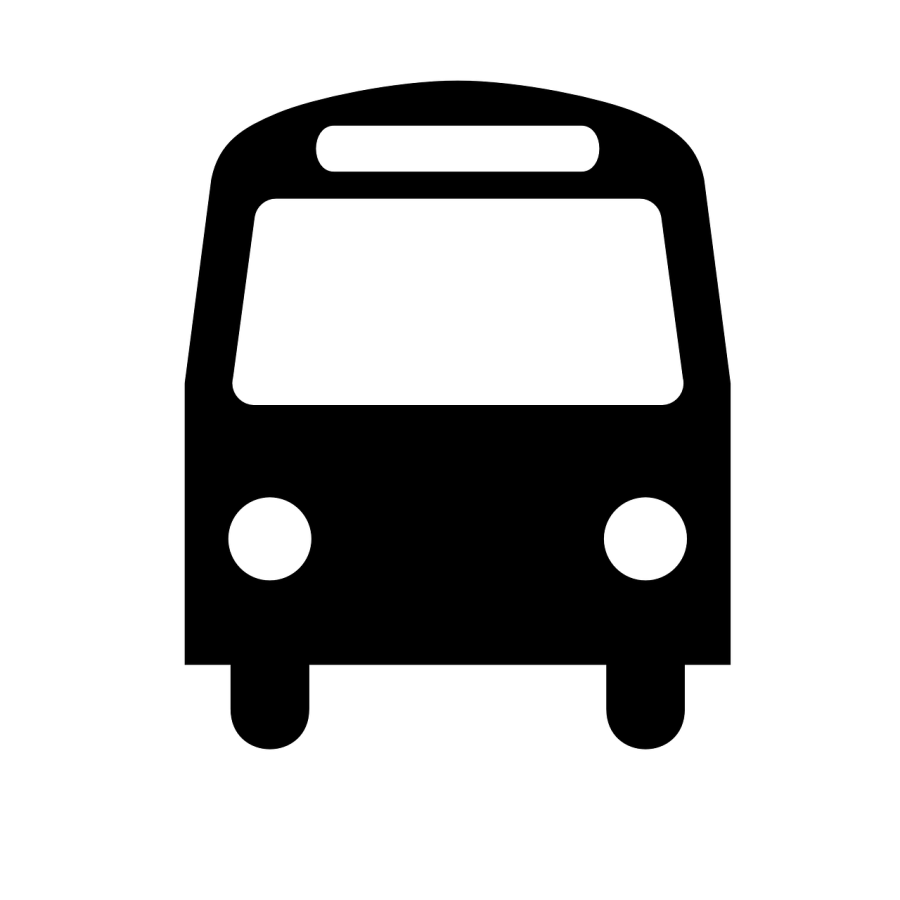Port Authority considers flat fare for buses
June 17, 2015
Each day she began her commute to her high school job, Roxana Evans lost a portion of her paycheck to Pittsburgh’s bus system.
The chunk was larger than she would have liked, since her commute put her outside of Zone 1, which extends to the edge of Homestead and Edgewood — which meant she had to pay more than a single-zone commute. Traveling beyond Zone 1 into Zone 2, as Evans did to get to her job in Monroeville, cost her $3.75 each way, rather than $2.50, the fare for traveling within a zone.
“It was like half my paycheck,” Evans, now a junior media and professional communications major, said. “The more I worked, the more I had to take the bus.”
If it were up to her, she said, every rider would pay the same fare, regardless of their destination. But now, with its “Where to Next” campaign, Port Authority may establish a flat fare. On June 9, Port Authority announced the campaign, which aims to take feedback from the community to improve the fare system for its public buses.
The campaign is based on an open community forum, according to Port Authority spokesperson Jim Ritchie. Port Authority is using the campaign to gather feedback to change two main things — the two-zone fare system and the timing of payment.
For Pitt students like Evans, their experience with Port Authority buses will not change. Ritchie said the current agreement between Port Authority and Pitt that allows Pitt students to ride the buses by swiping their IDs will remain intact.
“Pitt and CMU students have their own method of paying,” Ritchie said. “The terms of that contract are already established.”
Pitt made its most recent five-year agreement with Port Authority in 2012 and has had an arrangement with Port Authority since 1998, according to University spokesperson John Fedele.
Pitt is currently paying 50 percent of the standard rate for bus fare, which means Pitt faculty, students and staff pay $1.25 per bus ride. The other 50 percent comes from the transportation fee Pitt charges students. For a full academic year, Pitt’s security, safety and transportation fee is $180.
The average cost to the University over the last two years plus the current year is just over $6 million, according to Fedele.
Changes to the fare system, Port Authority CEO Ellen McLean said, have been long coming.
“We’ve talked about improving fare products and our fare policy for years but now we’re doing it,” McLean said in a release.
Ritchie said many have expressed interest in switching to a single–zone system, which would institute a base fare regardless of how far riders are travelling.
Tanya Baker, a Homewood resident who rides the bus every day, said any changes Port Authority makes will be inconsequential. Each day, Baker rides a bus to either Downtown or McKeesport, through two separate zones. Despite the discrepancy in fare, Baker doesn’t seem to mind.
“I’ve lived here my whole life, and I’m used to it,” Baker said. “It’s fine the way it is.”
Jason Pickel, a frequent rider and graduate student at Pitt, said that a flat rate is more fair.
“You shouldn’t penalize someone just because they’re going to be on the bus for a little longer,” Pickel said.
The timing of payment is another point of contention among bus riders. Currently, riders traveling toward Downtown must pay upon boarding the bus and riders traveling outbound must pay getting off. But Ritchie said many people argue that paying only when boarding the vehicle would eliminate confusion.
“There are always people who do not want to try to use the transit system because they are intimidated,” Ritchie said. “‘Why can’t Port Authority switch to pay-enter?’ We’ve heard that for years.”



